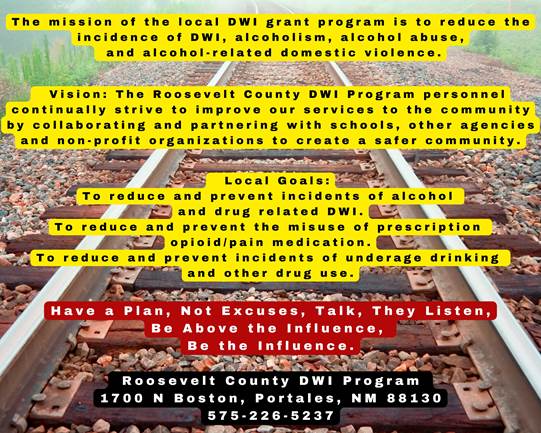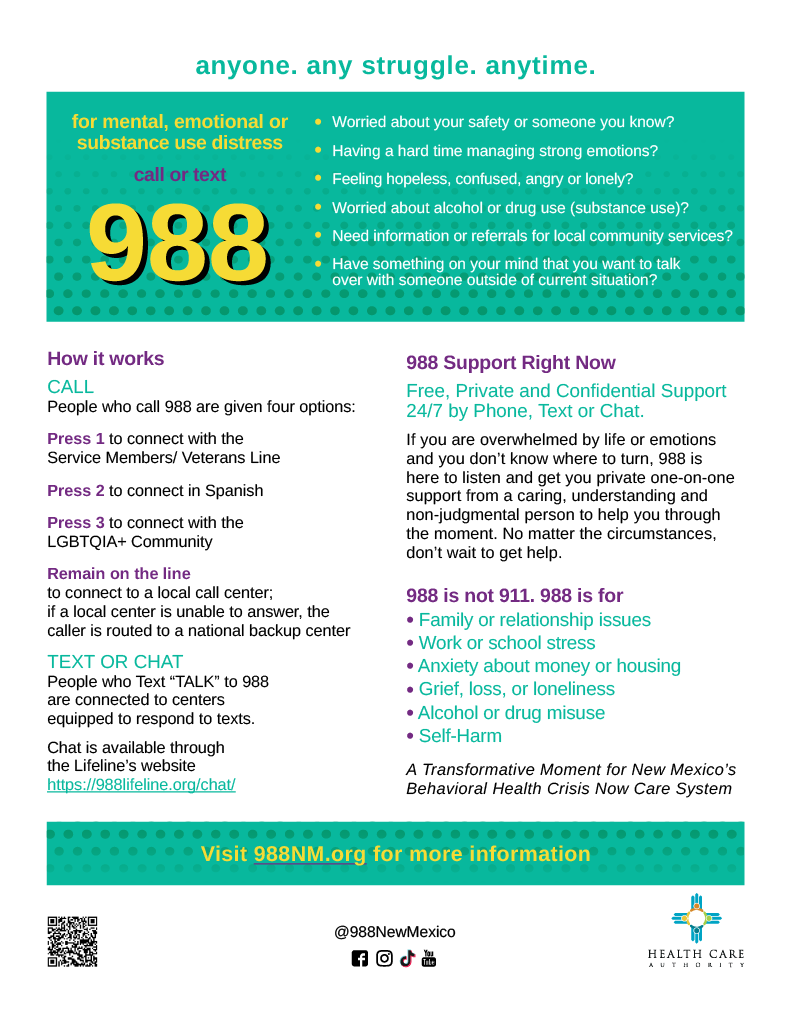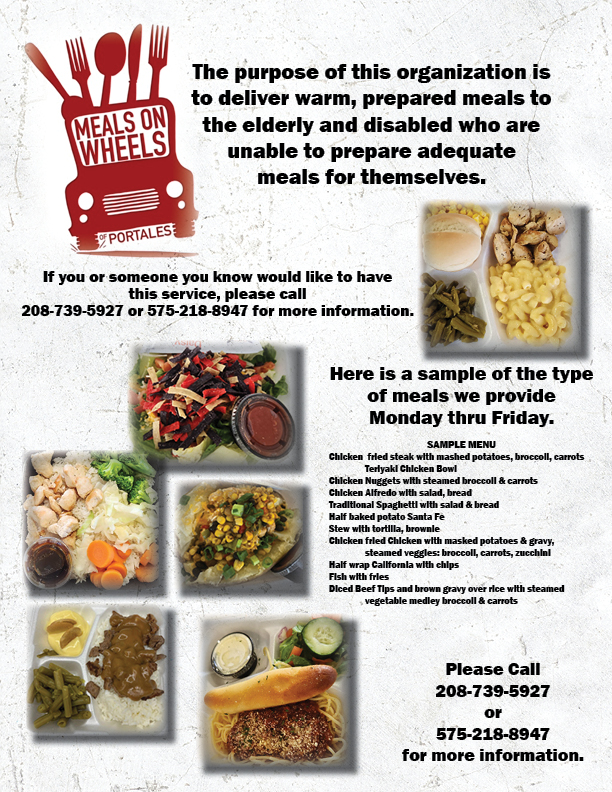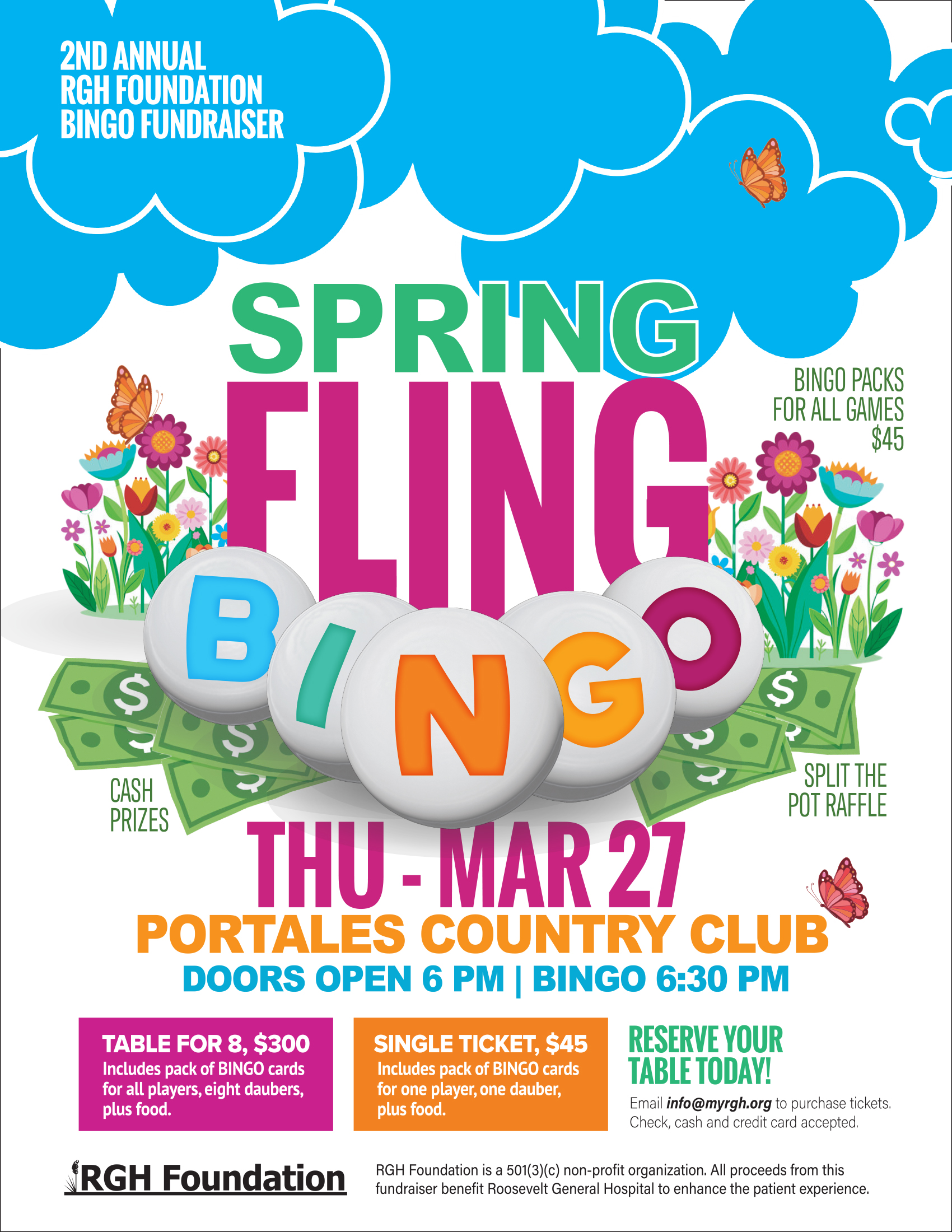- Start by doing Emergency Essentials’ Water Challenge—One Gallon of Water for One Day to see how much water you actually use and how much you should store. Doing this will help you determine where to start conserving.
- Insulate your water pipes. This will heat the water faster so you don’t have to have the water running as long while you wait for it to heat up.
- Choose water-efficient fixtures. Faucet Aerators control the stream and reduces splashing as your water comes out of the tap. They help you to waste less water because they control splash reduction. You can also get a water-flow reducer attachment, a low-flow toilet, and choose water/energy efficient shower heads, dishwashers, and washing machines. Doing this can help you cut down on your water usage.
- Fix any leaks from faucets, toilets, or sinks in your home. Call a professional or fix the leak yourself if you know how. Fixing leaks is an excellent and easy way to begin conserving water.
Conserving Water While Cooking
- Do not use running water to defrost frozen meat. Either use the microwave setting or put it on a plate in the fridge the previous night to let it defrost without using water.
- Rinse fruits and vegetables by putting them into a bowl full of water and swishing it around. This will save you from constantly running the tap water in the sink. You can reuse the water in the bowl for house plants or your garden.
Conserving Water in the Kitchen
- When boiling water for tea, coffee, or cocoa, instead of just filling the kettle full of water, measure out just enough water for one cup only or enough for however many cups you’re making.
- Install an instant water heater on your kitchen sink so you don’t have to run the water for a long time as you wait for it to heat up.
- Garbage disposals use a lot of water to break food down. Consider creating a compost pile instead or scraping leftover food into the trash before rinsing your dishes in the sink.
- Don’t start the dishwasher until it’s completely full. This will save several gallons of water.
- If you have a dishwasher, use it instead of washing dishes by hand. Dishwashers save more water than washing them in the sink if you keep the water running constantly.
- Fill up the sink or a large pot while hand washing dishes instead of letting the water run the whole time.
- Scrape uneaten food off your plate instead of using running water to rinse it off.
- Keep a water pitcher full in your fridge so you don’t have to keep turning on the tap to cool it down whenever you want a drink.
- Pick one glass for drinking water (or your beverage of choice) from each day, or use a refillable water bottle to cut down on the amount of dishes you wash and the amount of water used.
Conserving Water in the Bathroom
- Fix toilet tank leaks. According to WholeLiving.com, “Put a few drops of food coloring in your toilet tank and check the bowl after 15 minutes; if the color has seeped in — without flushing — you have a leak. Fixing it can save up to 1,000 gallons (about 200 flushes) a month. Often, what’s needed is a new flapper, or “valve seal,” which you can Replace in just about any hardware store”
- Use a displacement device (you can even use a brick) in your toilet tank to reduce the amount of water you use each time you flush.
- Do you really have to flush the toilet every time you use it? All those flushes per day can add up to flushing 20 gallons of water down the drain. If you are just urinating, leave it there to lessen the amount of times you flush per day.
- Replace or fix broken toilet handles. If your toilet handle sticks when you flush the toilet, replace or fix the handle. If your toilet handle sticks, the water in the bowl continually run.
- Conserve water in the shower. Turn on the water to get wet. Turn off the water to lather up. And turn back on to rinse off. Do the same thing when washing your hair.
- Turn off the water while brushing your teeth.
- When washing your face or shaving, fill up your sink halfway so you don’t have the water running the whole time. Use short bursts of water to clean off your razor.
- Take more showers than baths. It takes about 70 gallons of water to fill a bathtub.
- Take shorter showers. Challenge yourself and your family to take five minute showers. Use a kitchen timer to keep track. Older shower heads can use up to 5 gallons of water per minute.
- When washing your hands, turn off the water while you apply and lather soap.
Conserving Water in the Laundry Room
- Use the shortest reasonable cycle available to wash your clothes in the washing machine.
- Only wash full loads of laundry. This will save several gallons of water.
Conserving Water on House Plants
- After you clean your fish tank, give the water to your plants. This water will be full of nutrients and good for growth, similar to an aquaponics system.
- If you drop ice cubes on the floor, don’t toss them down the sink. Put them into a plant instead.
- If you have leftover water in a glass (that you don’t plan to drink), reuse it. Instead of tossing it down the drain, water a plant or add it to your pet’s water bowl.
Conserving Water on the Lawn and in the Driveway
- Give your pet a bath on an area of your lawn that needs to be watered.
- When installing an irrigation system, choose a drip, micro, or bubbler system. These systems are more efficient than spray or sprinkler irrigation systems because they direct water to the plant’s roots and minimize water loss due to evaporation.
- Use on-off or shut-off timers while watering your lawn.
- Water your lawn early in the morning or in the late afternoon, evening, or night. Watering the lawn when the sun is not at its peak allows the grass to hold in more moisture so you don’t have to use as much water to replace what’s evaporated in the heat of the day.
- In the summer, only water your lawn once every three days when hot. Water once every five days in cooler temperatures.
- Make sure your sprinklers are only watering your lawn and not the sidewalks or streets.
- Use a broom to clean off your driveway, porch, or sidewalk instead of using a hose.
- Wash your car at a carwash where they recycle water instead of washing your car with a hose and letting the extra water run down the street.
- If you must wash your car at home, use a bucket of water to wash your car. Only turn on the hose when you need to rinse.
- If you must wash your car at home, use a hose nozzle or turn off the water as you lather the car.
- Cover outdoor pools when not in use. On average, swimming pools lose about a quarter of an inch of water each day, yet variations in wind intensity, humidity and sunlight can drastically change water loss rates.
Conserving Water in your Garden
- Plant drought-resistant, native plants in your garden that don’t require much watering.
- Use a rain barrel to collect rainwater from gutters for watering your garden. Note: Make sure that it’s legal to collect rainwater in your city or state before you do this.
- Use mulch in your garden. This will help keep moisture in and require less watering.
- Do not use a lot of fertilizer on your plants. While they’re good at helping plants grow, they also increase water consumption.
- Use a rain gauge to keep track of how much water your plants actually get so you don’t overwater using the hose.
What do you do to conserve water? Give us your best tips in the comments. Sources: http://wateruseitwisely.com/100-ways-to-conserve/ http://www.mnn.com/your-home/at-home/stories/20-ways-to-conserve-water-at-home http://www.kcedventures.com/blog/teaching-kids-to-conserve-water http://www.epa.gov/WaterSense/kids/simpleways.html http://www.wholeliving.com/174858/50-ways-conserve-water/@center/136755/green-home-guide http://www.smartsavvyliving.com/10-ways-to-conserve-water/ http://environment.nationalgeographic.com/environment/freshwater/water-conservation-tips/ /blog/263/water-challenge-one-gallon-of-water-for-one-day/ http://www.epa.gov/watersense/our_water/water_use_today.html http://www.wholeliving.com/174858/50-ways-conserve-water/@center/136755/green-home-guide#65557 (toilet trick) http://www.projectwet.org/faq http://www.longwood.edu/cleanva/images/Sec4.conservewaterlesson.pdf http://livinggreen.ifas.ufl.edu/water/water_conservation.html






































